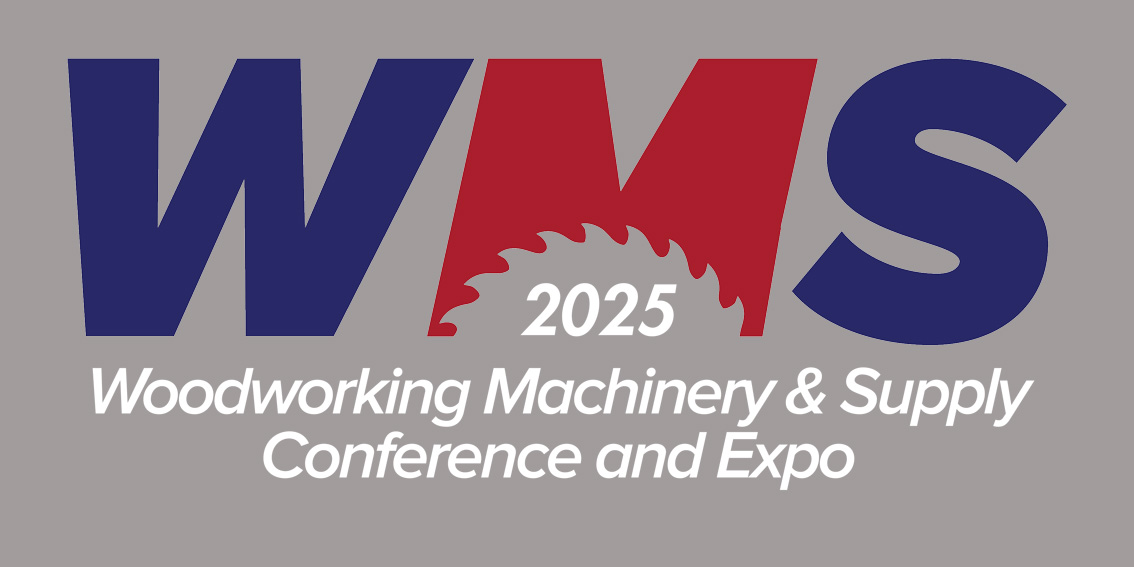 TORONTO — Against the headwinds of a weakening Canadian economy, the 2025 Woodworking Machinery & Supply Conference and Expo still managed to conclude a successful three-day run November 12-14 at the Toronto Congress Centre. While attendance lagged by about 15 percent below projections, exhibitors who account for 60 percent of the show’s floor plan affirmed their support for Canada’s national woodworking event by reserving booth space for WMS 2027. “Even though we were disappointed in the three-day attendance turnout, we were extremely pleased with the quality of this year’s attendees,” said Tim Fixmer, president of CCI Media, owner of the event. “There was a good deal of buying taking place on the show floor. …Plus, back by popular demand following their successful debuts at WMS 2023, were the WMS Live Auction presented by Boss Auctions and Student Day organized by the Wood Manufacturing Council and WMS in cooperation with the Canadian Kitchen Cabinet Association.
TORONTO — Against the headwinds of a weakening Canadian economy, the 2025 Woodworking Machinery & Supply Conference and Expo still managed to conclude a successful three-day run November 12-14 at the Toronto Congress Centre. While attendance lagged by about 15 percent below projections, exhibitors who account for 60 percent of the show’s floor plan affirmed their support for Canada’s national woodworking event by reserving booth space for WMS 2027. “Even though we were disappointed in the three-day attendance turnout, we were extremely pleased with the quality of this year’s attendees,” said Tim Fixmer, president of CCI Media, owner of the event. “There was a good deal of buying taking place on the show floor. …Plus, back by popular demand following their successful debuts at WMS 2023, were the WMS Live Auction presented by Boss Auctions and Student Day organized by the Wood Manufacturing Council and WMS in cooperation with the Canadian Kitchen Cabinet Association.

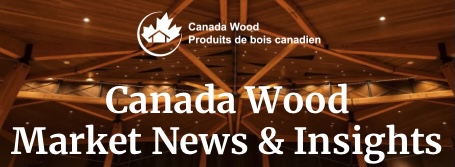 B.C.’s largest-ever forestry trade mission to Asia
B.C.’s largest-ever forestry trade mission to Asia

 Zoom Seminar | November 18| 11:30am – 1:00pm| This seminar helps leaders and teams learn to use artificial intelligence to enhance productivity, communication, and operational efficiency. Rather than replacing people, AI can act as a digital teammate, handling routine or repetitive work so humans can focus on creativity, decision-making, and critical thinking. Participants will explore practical ways to use AI tools like ChatGPT, Copilot, and others to streamline workflows in areas such as administration, project management, customer service, and content creation. You will learn: How AI tools like ChatGPT and Copilot work; common misconceptions; How to give clear, effective instructions to AI. Examples of strong vs. weak prompts; Examples of AI applications for administrative tasks, writing, and increasing productivity; and What to include in an internal AI-use framework: approved tools, privacy, and accountability. Safe and unsafe examples. $29 per person (you do not need to be a BC Wood member to participate – Limited to participants from Canada only)
Zoom Seminar | November 18| 11:30am – 1:00pm| This seminar helps leaders and teams learn to use artificial intelligence to enhance productivity, communication, and operational efficiency. Rather than replacing people, AI can act as a digital teammate, handling routine or repetitive work so humans can focus on creativity, decision-making, and critical thinking. Participants will explore practical ways to use AI tools like ChatGPT, Copilot, and others to streamline workflows in areas such as administration, project management, customer service, and content creation. You will learn: How AI tools like ChatGPT and Copilot work; common misconceptions; How to give clear, effective instructions to AI. Examples of strong vs. weak prompts; Examples of AI applications for administrative tasks, writing, and increasing productivity; and What to include in an internal AI-use framework: approved tools, privacy, and accountability. Safe and unsafe examples. $29 per person (you do not need to be a BC Wood member to participate – Limited to participants from Canada only)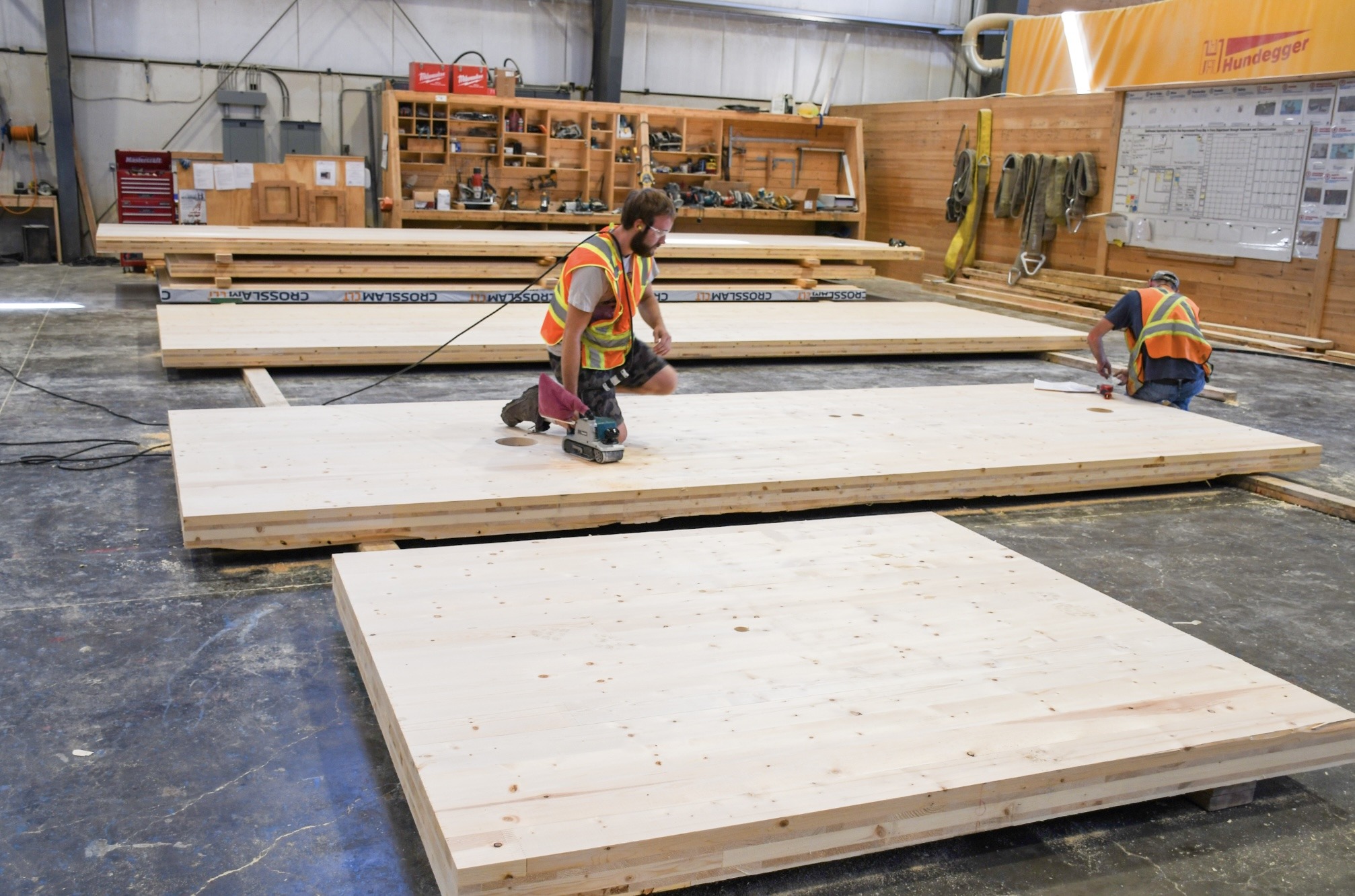 When Prime Minister Mark Carney toured Intelligent City’s advanced manufacturing facility in Delta, B.C. this spring, it was more than just another campaign stop. It signalled that prefabricated and modular construction has moved from the margins to the mainstream of Canada’s housing conversation. That recognition is overdue. If we are serious about tackling Canada’s housing affordability crisis by delivering more homes at scale, governments need to stop paying lip service to the huge potential of off- site construction and start putting it into policy and practice. …First, governments should publish a multi-year prefabricated housing procurement roadmap. Off-site manufacturing depends on predictable, portfolio-scale demand. A provincial roadmap in British Columbia, for example, that consolidates housing needs across ministries, Crown agencies, and municipalities would give factories the confidence to invest in automation, skilled labour, and supply chains.
When Prime Minister Mark Carney toured Intelligent City’s advanced manufacturing facility in Delta, B.C. this spring, it was more than just another campaign stop. It signalled that prefabricated and modular construction has moved from the margins to the mainstream of Canada’s housing conversation. That recognition is overdue. If we are serious about tackling Canada’s housing affordability crisis by delivering more homes at scale, governments need to stop paying lip service to the huge potential of off- site construction and start putting it into policy and practice. …First, governments should publish a multi-year prefabricated housing procurement roadmap. Off-site manufacturing depends on predictable, portfolio-scale demand. A provincial roadmap in British Columbia, for example, that consolidates housing needs across ministries, Crown agencies, and municipalities would give factories the confidence to invest in automation, skilled labour, and supply chains.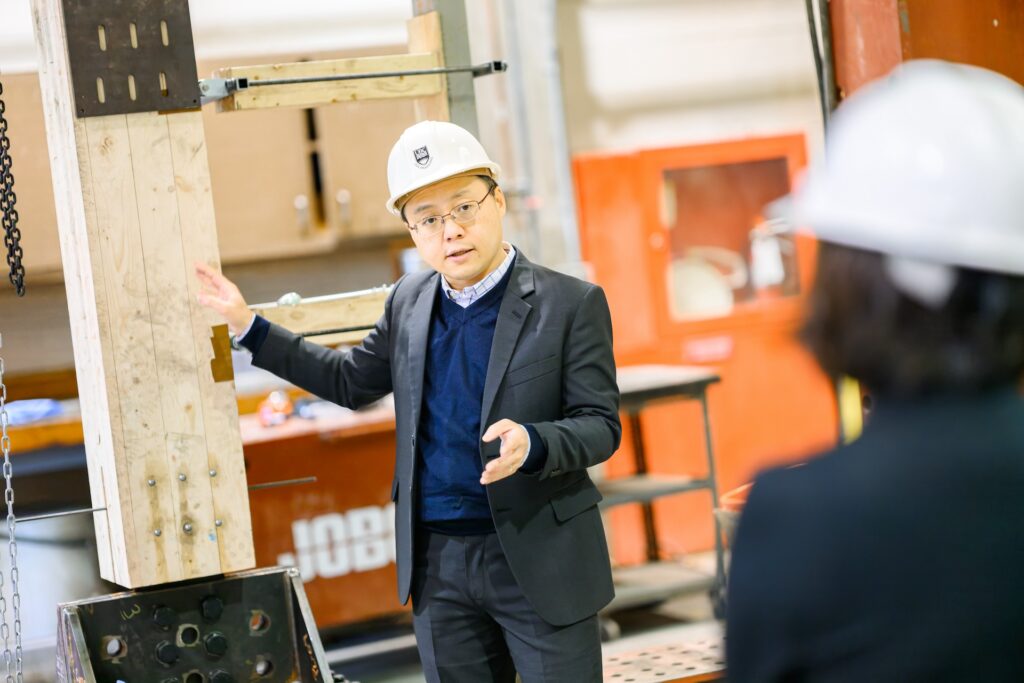


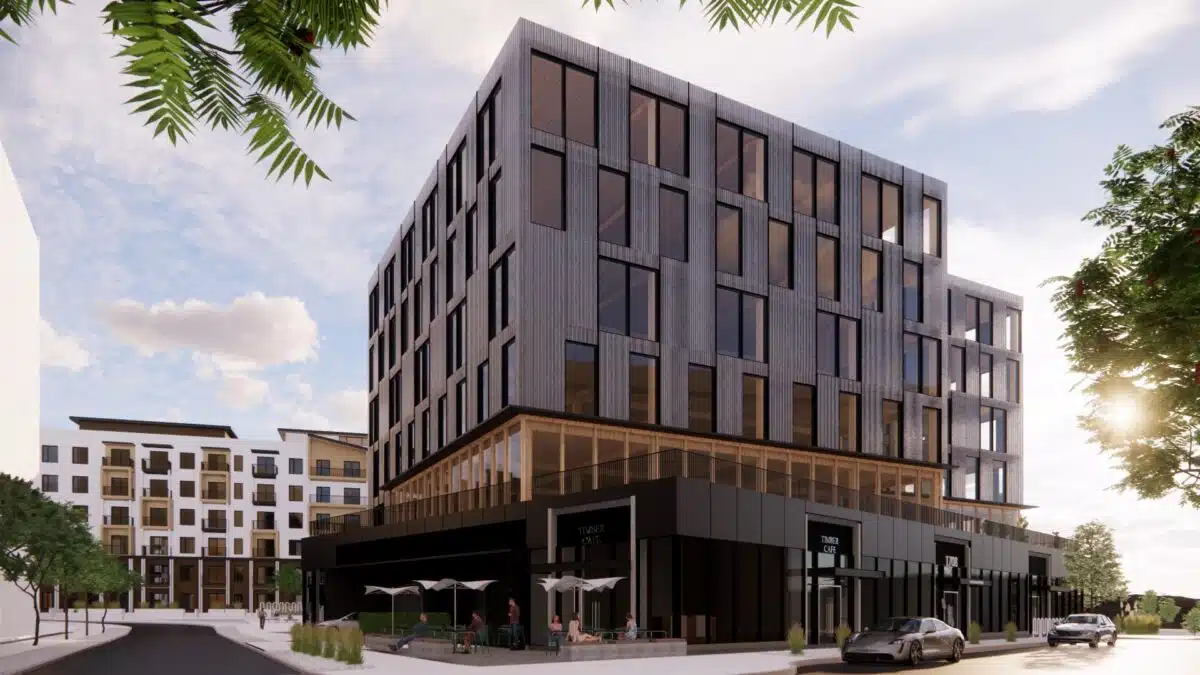
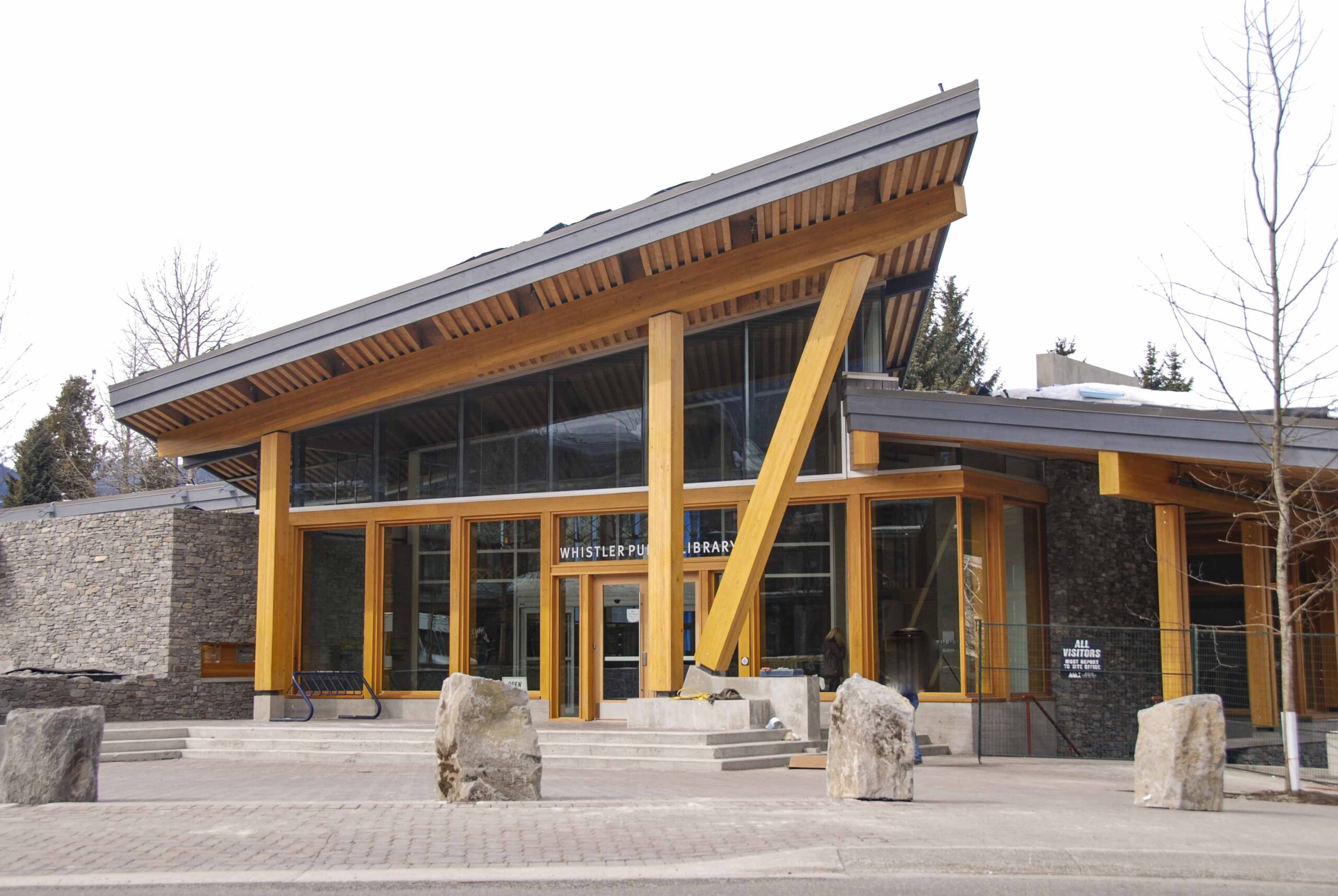 The audience of dedicated urbanists at Vancouver’s Robson Square Theatre was startled earlier this year when the first speaker at a debate about mass timber—which B.C. has been promoting vigorously—said it isn’t the for-sure climate-change silver bullet that everyone likes to think it is. Adam Rysanek, a UBC professor of environmental systems who specializes in energy efficiency, poked hard at the assumption that, because everyone thinks of mass timber as just wood—a plant! that comes out of the ground!—it must be natural and environmentally friendly and surely better than concrete. But Rysanek kept making the point at the Urbanarium debate that those ideas are not fully proven. A study he cited, which aimed to factor in all the uncertainties of carbon emissions in different types of building materials, found there is not a clear answer yet about the differences between mass timber and concrete.
The audience of dedicated urbanists at Vancouver’s Robson Square Theatre was startled earlier this year when the first speaker at a debate about mass timber—which B.C. has been promoting vigorously—said it isn’t the for-sure climate-change silver bullet that everyone likes to think it is. Adam Rysanek, a UBC professor of environmental systems who specializes in energy efficiency, poked hard at the assumption that, because everyone thinks of mass timber as just wood—a plant! that comes out of the ground!—it must be natural and environmentally friendly and surely better than concrete. But Rysanek kept making the point at the Urbanarium debate that those ideas are not fully proven. A study he cited, which aimed to factor in all the uncertainties of carbon emissions in different types of building materials, found there is not a clear answer yet about the differences between mass timber and concrete.




 TORONTO — The Ontario government has launched a new working group to guide the implementation of the
TORONTO — The Ontario government has launched a new working group to guide the implementation of the 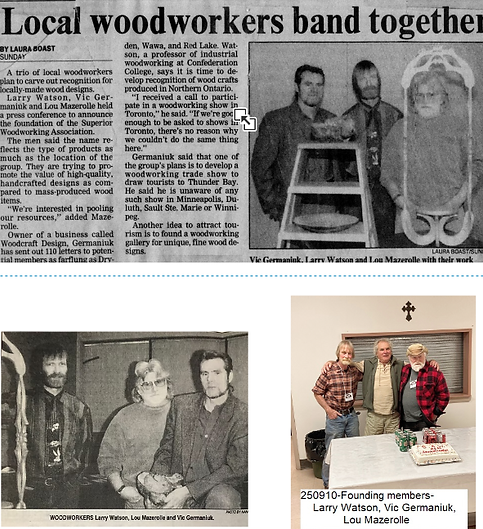


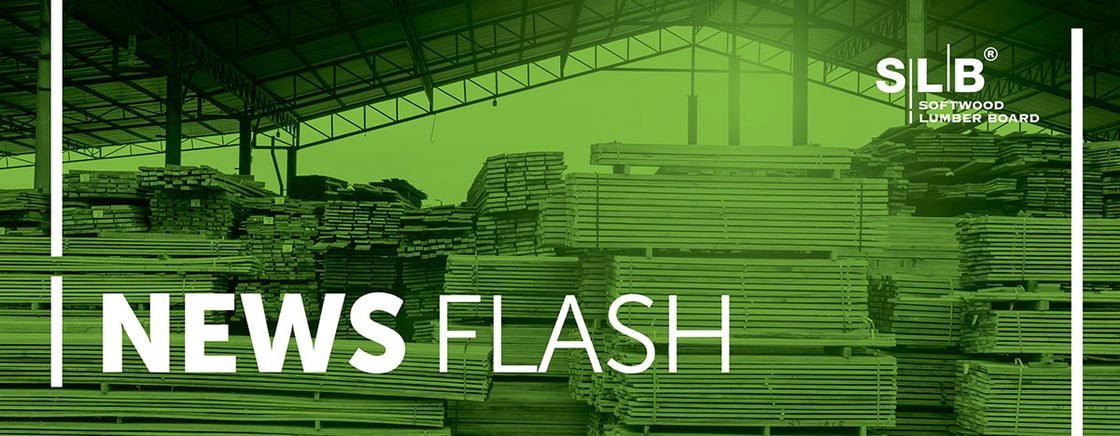
 Payson sits in one of the most fire-prone regions in the country, yet the town council has repeatedly declined to adopt fire-hardening requirements for new homes. The town several years ago approved a Firewise landscaping code aimed at thinning overgrown properties and removing vegetation touching buildings. However, the council has twice rejected a Wildland-Urban Interface (WUI) building code, most recently after firefighters urged the council to adopt standards for new construction. Builders raised concerns about cost, and the council again declined to move forward. A collection of studies suggests those concerns may not align with the data. Research from federal agencies, economists and wildfire specialists shows WUI codes add little to the cost of new construction, save money over time and significantly reduce the likelihood of homes burning in a wildfire. The research also points to major long-term savings for taxpayers, who shoulder growing federal firefighting costs in high-risk areas.
Payson sits in one of the most fire-prone regions in the country, yet the town council has repeatedly declined to adopt fire-hardening requirements for new homes. The town several years ago approved a Firewise landscaping code aimed at thinning overgrown properties and removing vegetation touching buildings. However, the council has twice rejected a Wildland-Urban Interface (WUI) building code, most recently after firefighters urged the council to adopt standards for new construction. Builders raised concerns about cost, and the council again declined to move forward. A collection of studies suggests those concerns may not align with the data. Research from federal agencies, economists and wildfire specialists shows WUI codes add little to the cost of new construction, save money over time and significantly reduce the likelihood of homes burning in a wildfire. The research also points to major long-term savings for taxpayers, who shoulder growing federal firefighting costs in high-risk areas. SALT LAKE CITY — Homeowners in high wildfire risk areas should soon expect home assessments and a new fee. HB48 Wildland Urban Interface Modifications requires the Utah Division of Forestry, Fire and State Lands to draw a high wildfire risk boundary across the state. The division will inspect homes within the boundary for fire risk, and property owners will pay a fee based on their risk and square footage, which will cover the cost of the program and lot assessments. State Wildfire Risk Reductions Programs Manager Joseph Anderson said the assessments will focus on the vegetation surrounding the home and the materials used in the structure. “The goal is to remove any vegetation or anything that could catch an ember and allow that ember to burn and catch the structure on fire,” Anderson said. The bill comes after catastrophic wildfires across the West, like the California Eaton Fire from January 2025.
SALT LAKE CITY — Homeowners in high wildfire risk areas should soon expect home assessments and a new fee. HB48 Wildland Urban Interface Modifications requires the Utah Division of Forestry, Fire and State Lands to draw a high wildfire risk boundary across the state. The division will inspect homes within the boundary for fire risk, and property owners will pay a fee based on their risk and square footage, which will cover the cost of the program and lot assessments. State Wildfire Risk Reductions Programs Manager Joseph Anderson said the assessments will focus on the vegetation surrounding the home and the materials used in the structure. “The goal is to remove any vegetation or anything that could catch an ember and allow that ember to burn and catch the structure on fire,” Anderson said. The bill comes after catastrophic wildfires across the West, like the California Eaton Fire from January 2025. 
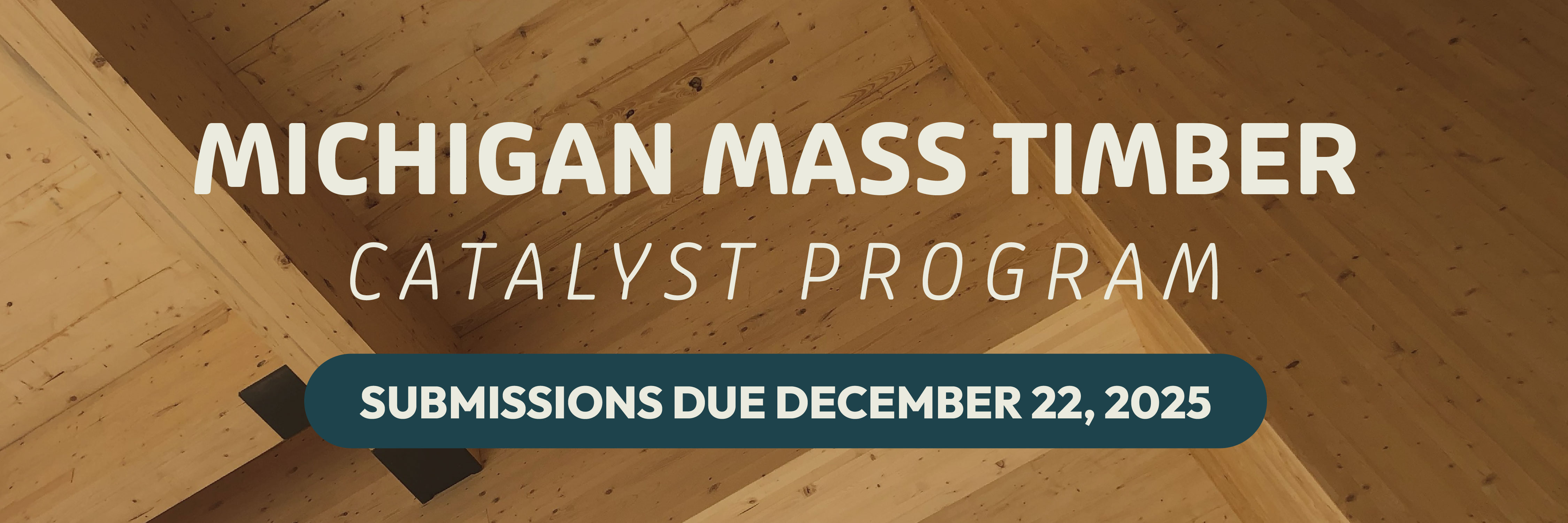


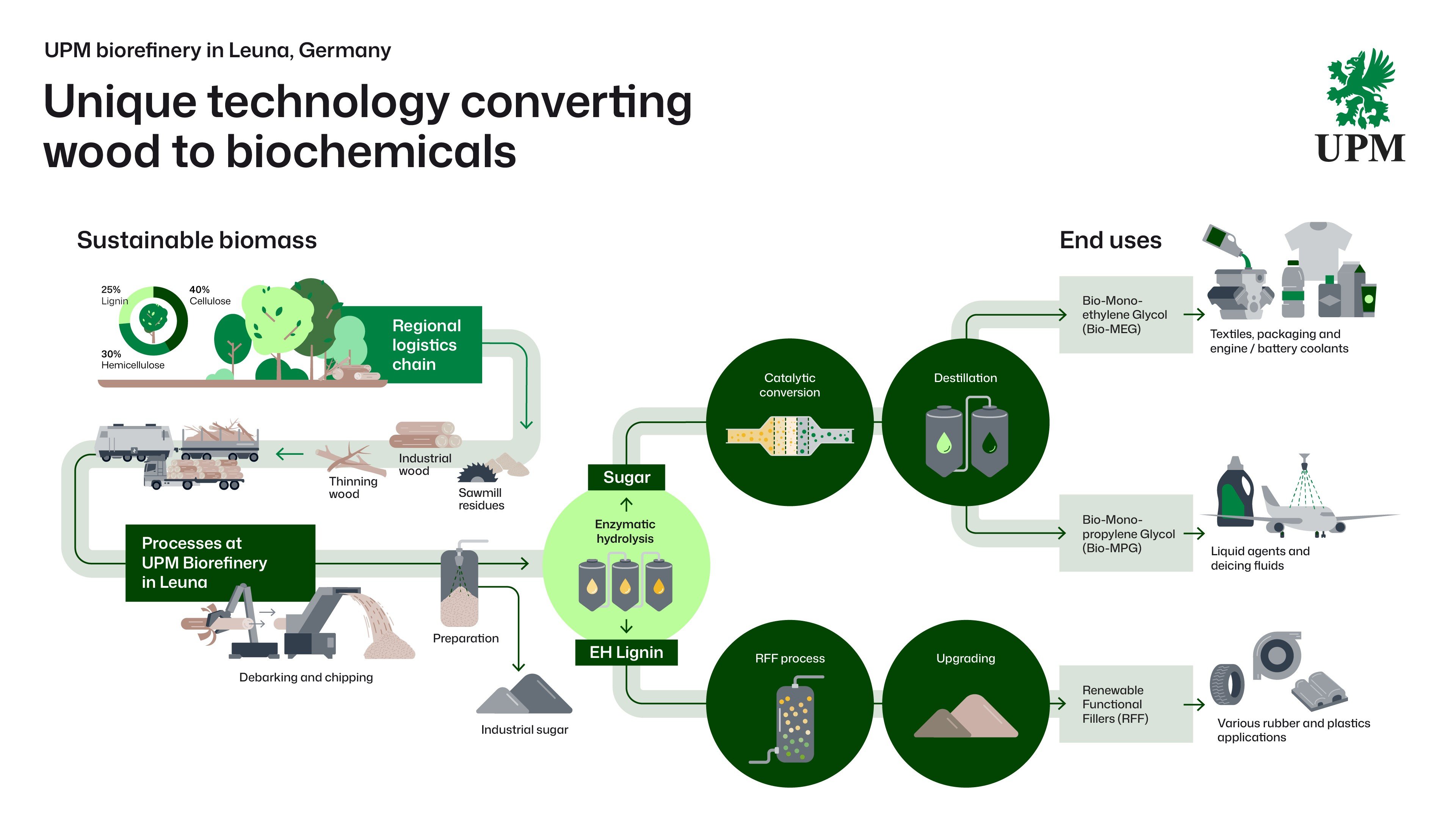



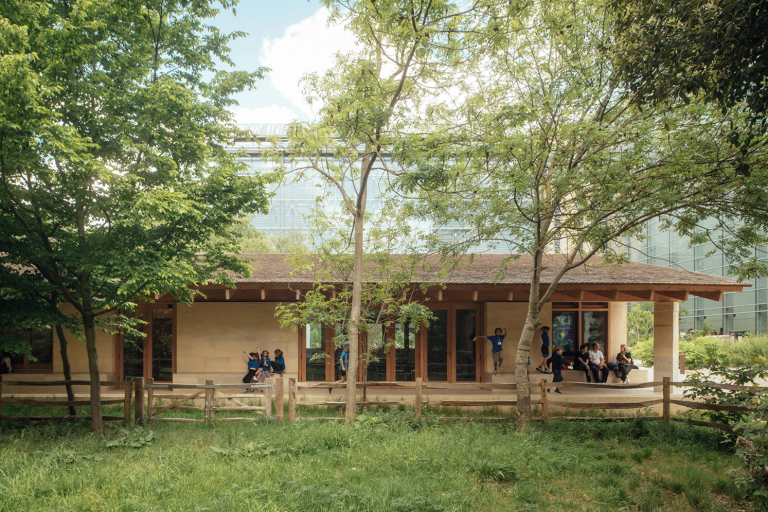
 Futamura, a Japanese manufacturer of cellulose films and packaging products, has announced a solution to help reduce the quantities of microplastics generated from glitter products. Microplastics are defined as plastic particles less than 5mm in size, which can be either intentionally manufactured at that size (primary microplastics) or created when larger plastic items break down (secondary microplastics). Glitter has been particularly criticised in recent years for its contribution to microplastic pollution in oceans and soil. According to Futamura, biodegradable glitter can be created from its NatureFlex materials [wood pulp], which will safely degrade in the environment it was disposed of after use without producing harmful microplastics. …Currently, glitter based on conventional plastics can still be sold into cosmetic applications due to a transition period granted under the EU’s Microplastics Regulation. However, once this period ends cosmetic applications will also be banned.
Futamura, a Japanese manufacturer of cellulose films and packaging products, has announced a solution to help reduce the quantities of microplastics generated from glitter products. Microplastics are defined as plastic particles less than 5mm in size, which can be either intentionally manufactured at that size (primary microplastics) or created when larger plastic items break down (secondary microplastics). Glitter has been particularly criticised in recent years for its contribution to microplastic pollution in oceans and soil. According to Futamura, biodegradable glitter can be created from its NatureFlex materials [wood pulp], which will safely degrade in the environment it was disposed of after use without producing harmful microplastics. …Currently, glitter based on conventional plastics can still be sold into cosmetic applications due to a transition period granted under the EU’s Microplastics Regulation. However, once this period ends cosmetic applications will also be banned.

